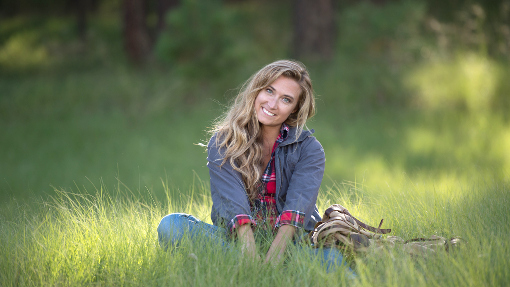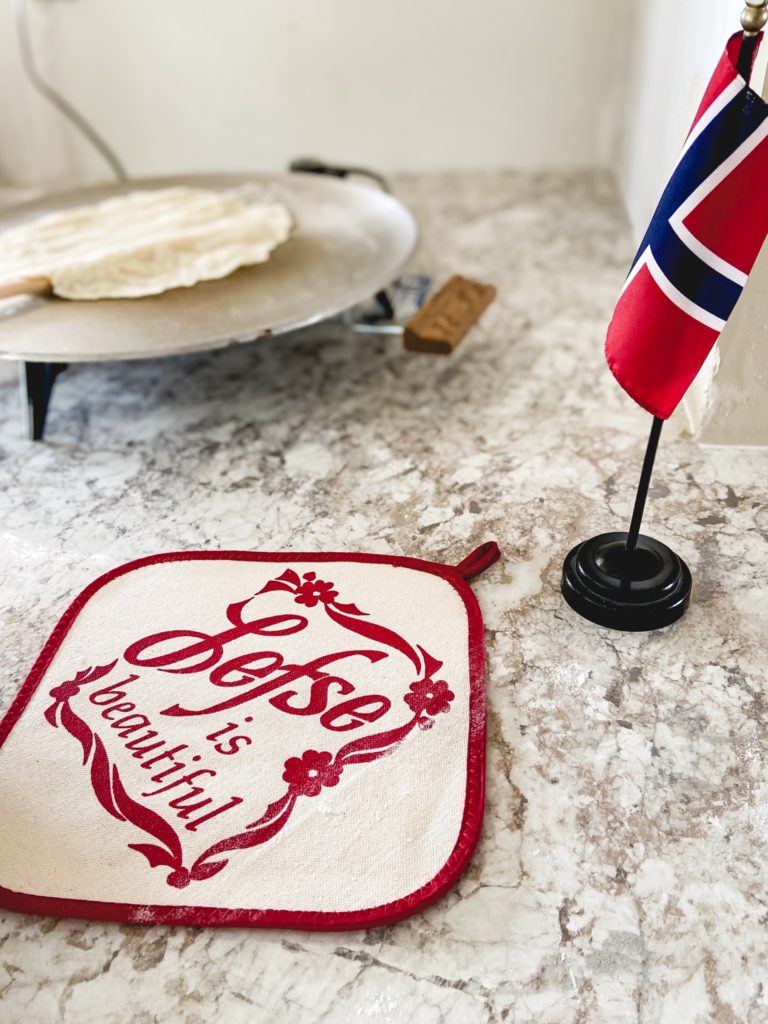
Happy Minot Monday, everyone! Today I’m answering the burning question: What is lefse? And why the heck is it such a big deal? Minot Monday is made possible through a partnership with BeLOCAL Minot. BeLOCAL helps newcomers to live like locals–check them out.
Most do not envision North Dakota–or Minot— as a cultural hub. But let me tell you, the culture and traditions can be as thick as pudding around here. And it doesn’t get much thicker than the weird allegiance and allure folks around here have toward lefse.
What is lefse? Glad you asked. Let me tell you. But first, as always, a quick side-anecdote.
Our Introduction to Lefse
When we moved to Minot the first time back in 2012, we were just starting to feel settled when the Norsk Hostfest rolled around. If you want to sound like a local, just call it the Hostfest. You can either say “host-fest” or “hoost-fest” and not look like an idiot. (For more on the Hostfest and other annual happenings, see the listings here in BeLOCAL Minot.)
Since we didn’t know what to expect or what it was all about, we did what any good tourists do: ask the locals.
Everyone (and I do mean everyone) told us the best part is the food. “You’ll love it!” they said. “You have to try the aebelskivers,” they told us. “Be sure to save room for rømmegrøt, it’s my favorite.”
And over and over and over, we were reminded not to forget the lefse. We heard so much about the lefse, it was on our definite list of things to do at the Hostfest.
When we asked our friends the question, “What is lefse?” We got a variety of answers. To sum it all up would be something like this: It’s a flatbread thing, made from potatoes. We roll it up and eat with butter. We all eat and love it, especially around holidays and if you want to fit in here, you’ll love it too.
Confusion
So we got the lefse.
And it was okay.
But we were left feeling like we were missing something. As if everyone was in on something that we didn’t quite get. (A lot like how the character Ben Wyatt doesn’t understand the hype about Li’l Sebastian on Parks and Rec.)
I mean, come on. To our novice, non-Norwegian tongues, it tasted like nothing more than a tortilla with a lot of butter and cinnamon/sugar on it. We didn’t get it.
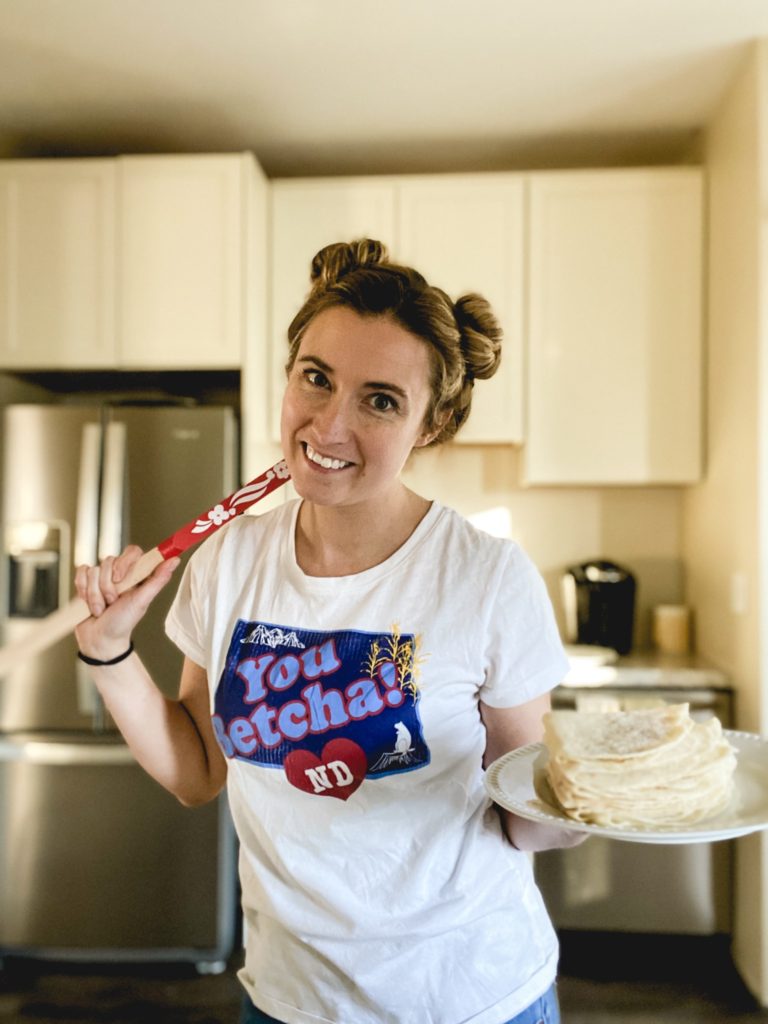
Appreciation
But as the years went on, something shifted. Gradually, lefse became more and more important to us. I became interested in it. I didn’t just want to eat it, I wanted to make it. And a couple times each year (namely Thanksgiving and Norwegian Independence Day) I had a hankering for it.
As I gave in to my inner desire to conform to all things native North Dakotan, lefse took hold of my heart.
And that’s the thing. Lefse is a big deal to the locals. It’s a tradition that is deeply engrained in life here. So much so, that even a friend who rarely cooks or bakes–and doesn’t even like potatoes–still owns all of the required tools for making it. It’s another weird and wonderful quirk of this place I love so much.
Making Lefse
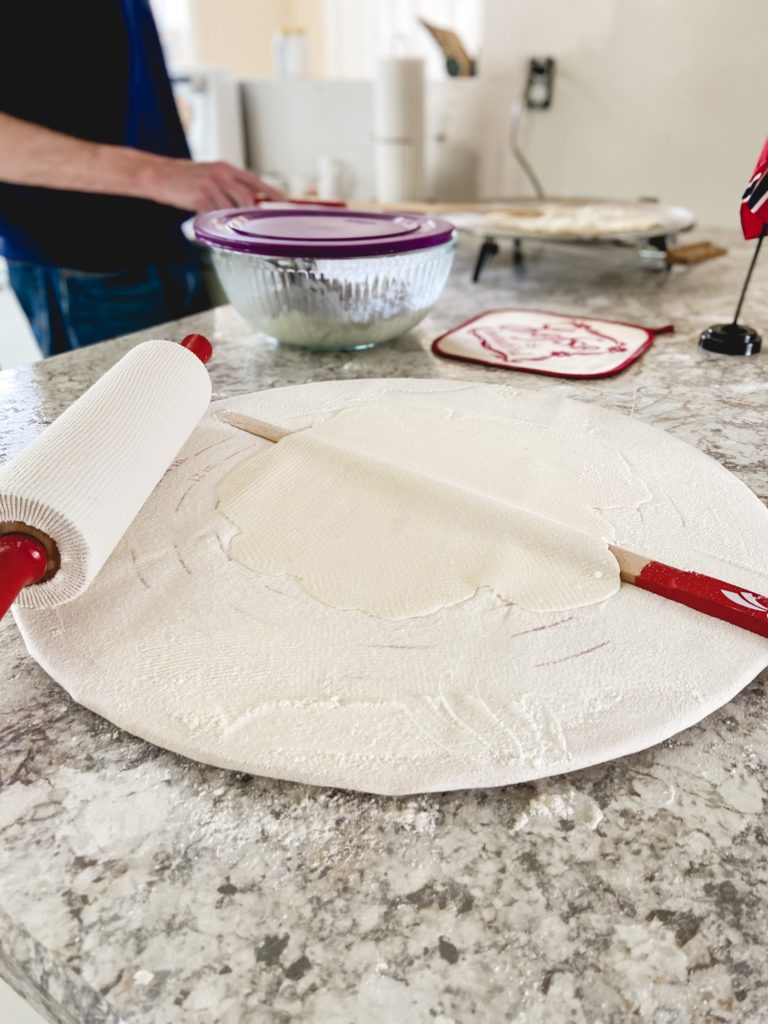
I had dreams of learning to make lefse. Sadly those dreams never came to fruition while we were living in Minot. However, just over two years ago while we were living in Rapid City, our friend Ben came for a visit and taught us to make lefse.
Ben comes from a family of very talented bakers–especially in the bread realm. His family typically does a big annual lefse making day. They run multiple griddles, have several people rolling, and turn out enough to last through all the major holidays–Thanksgiving, Christmas and Norwegian Independence Day.
In hindsight, I think this is what makes lefse so special. It’s not necessarily about the taste or it’s splendor, but about the nostalgia it stirs. Lefse is holidays. It’s time with family and a recipe that has been used for as long as anyone can remember. That’s what we didn’t get the first time we had it. We had no history with it–and truly that’s what gives it its great flavor.
Over the weekend Ben and I got together again for a lefse making extravaganza. And I knew it would be the perfect Minot Monday post.
What is Lefse?
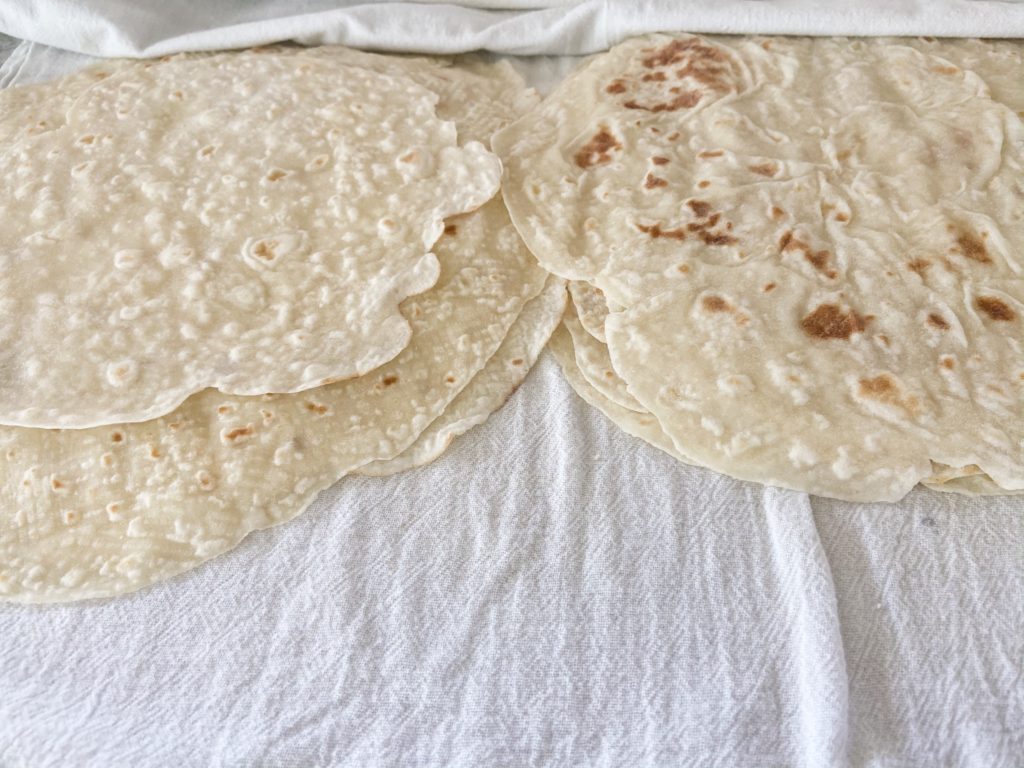
Okay, okay. I realize I haven’t given you a straight answer.
Lefse is a traditional soft Norwegian flatbread. It is made with potatoes, flour, butter, and milk or cream. It is cooked on a large, flat griddle. Special tools are used to prepare lefse, including long wooden turning sticks and special rolling pins with deep grooves.
Wikepedia
Lefse is a lot like a tortilla, but it’s base is potatoes, not flour or corn.
How do you eat lefse?
Good question. According to the Internet, there are lots of ways to eat lefse. I’ll only tell you how people around here eat it. You have three options.
- Slathered in butter and rolled up.
- Slathered in butter, sprinkled with sugar and rolled up.
- Slathered in butter, sprinkled with a sugar-cinnamon combination…and rolled up.
I’ve only had it served slightly warm or a room temperature. No utensils required–like eating a taquito.
What do you need to make lefse?
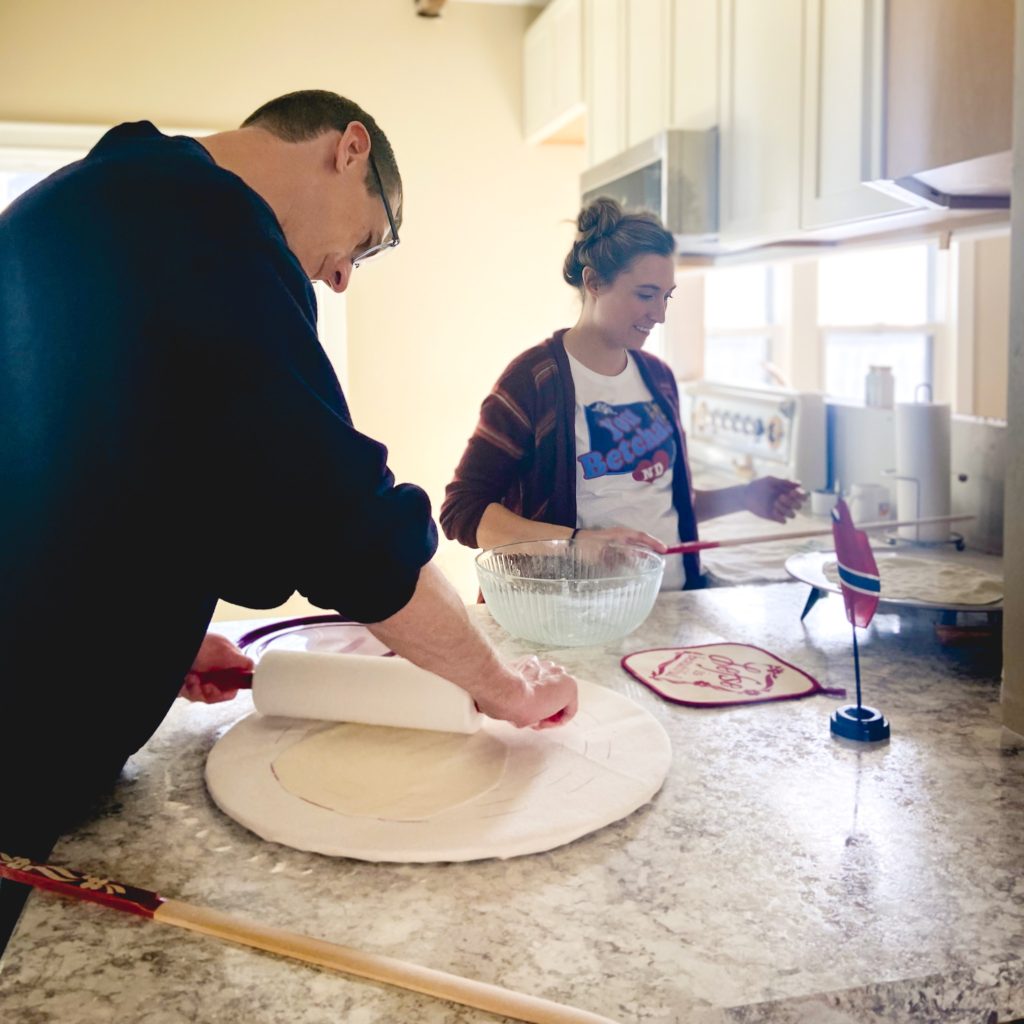
As mentioned, you’ll need some special supplies if you want to make your own lefse. Honestly, it’s better to have a friend who already owns the stuff. If you live in North Dakota, you probably won’t have to look too far. It’s seriously crazy how many people we know who personally own their own kit. (If you want to invest, here’s a kit.)

Otherwise, you’ll need:
- A lefse griddle.
- A cloth covered pastry board.
- Lefse sticks–used for lifting and turning
- A grooved rolling pin and sleeve.
- A potato ricer.
- At least two linen dish towels–I call these church kitchen towels.
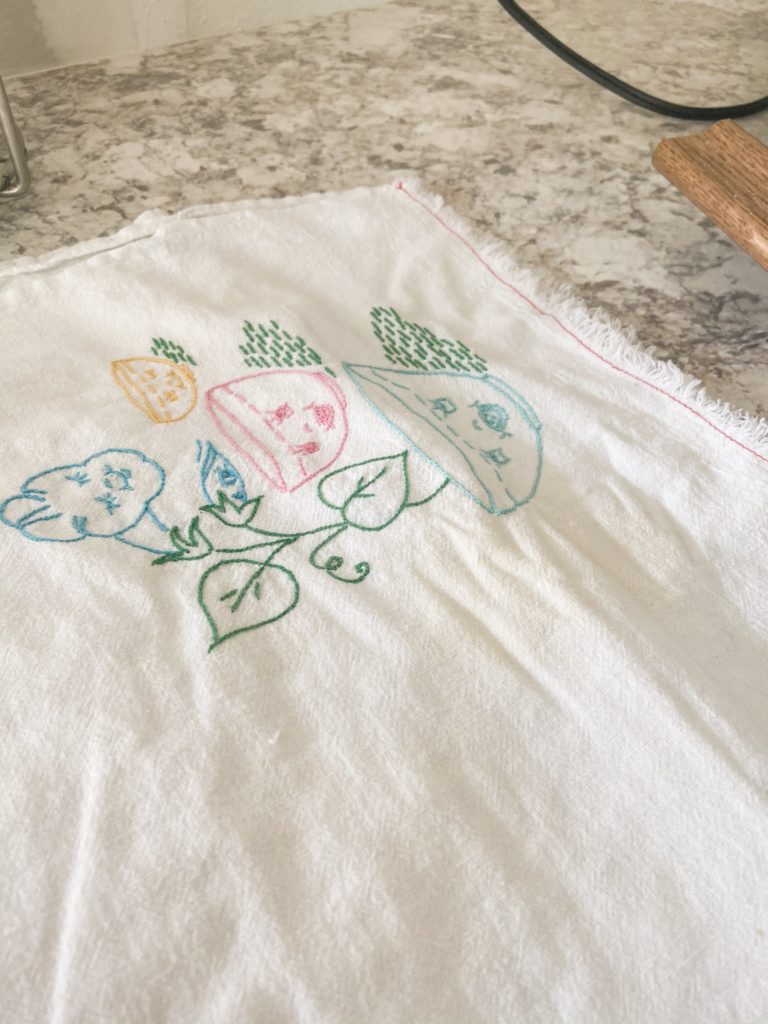
What’s the process?
First, you make the dough. (There are a million recipes out there, here’s a link to one at Sons of Norway–it seemed most appropriate.) Then let it chill over night.
Set up your griddle and pastry board. Get the griddle hot and thoroughly flour your board and pin. Flour is key in lefse making.
Next, you’ll roll out some dough. Ben–my resident expert uses 1/3 cup at a time. He says his mom can roll a perfect circle. Mine, however were always pretty misshapen.
Once the dough is circular and thin (we say thin enough to see the writing on the pastry board through the dough), lift it up with a lefse stick and place it on the griddle.
Let it cook on one side, then turn it with the lefse stick. Once both sides are slightly browned remove it (with the lefse stick) and place it on the dish towel. Cover it with the second towel to keep the moisture in.
Once you are done, you can eat them or store them. To store them, fold each piece in quarters and put them in a gallon zip bag. Then keep them in the fridge or freeze them.
Can I just buy it?
Yep. Grocery stores around here carry lefse. No shame in skipping the process. But you should really make some local friends so you can have the homemade variety at some point.
Conclusion
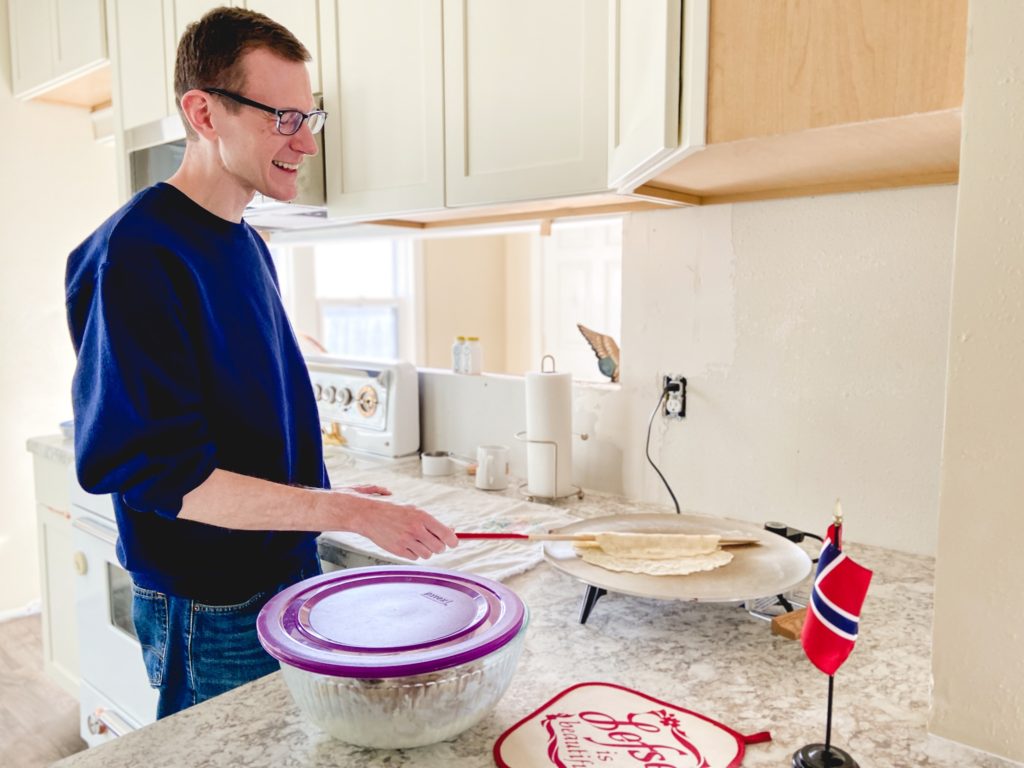
Now, when someone asks, “What is lefse?” You’ll have all the information they ever wanted to know. The love folks around here have for lefse is deliciously weird and quirky. Which is what makes it so darn great. Have a great week!

